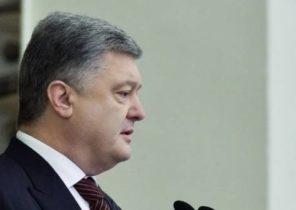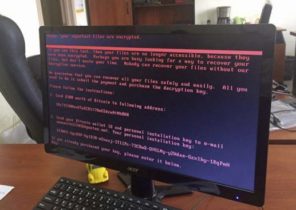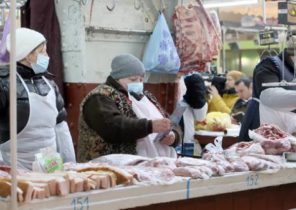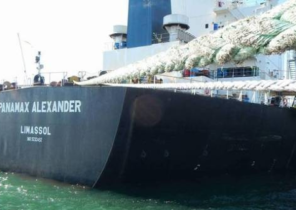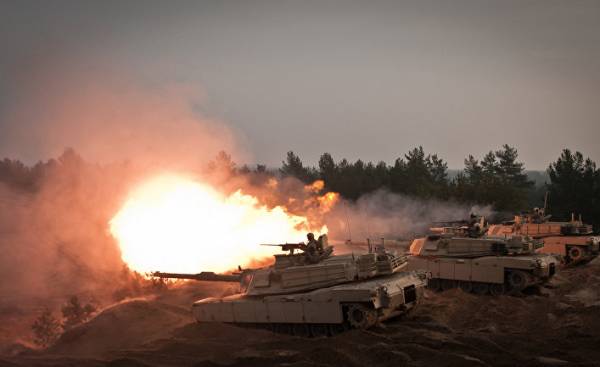
Never before the tanks of the Spanish army Leopard did not participate in military missions outside of Spain. And never after the dissolution of the “Blue division” (250th division of Spanish volunteers who fought in 1941-1943 on the side of Germany during the Second world war) the Spanish troops were not so close to the Russian border at a distance of about 200 kilometers.
A tactical unit consisting of 300 soldiers and 80 pieces of equipment arrived from Badajoz, the beginning of the deployment under the auspices of the NATO base in Adazi (Latvia). The objectives are clear: “to ensure the safety and to avoid provocations”.
“We are talking about a defensive mission aimed at deterrence,” said El País General Francisco josé Jakob, Cervinia (Francisco José Cerviño Dacoba), the commander of the brigade “Extremadura”, which was sent to Latvia a large part of the Spanish contingent. “After the annexation of Crimea to Russia [in 2014], the Baltic countries and Poland have been asked to arrange permanent presence of NATO troops on its territory. Consent to grant their request, adopted at the NATO summit in Warsaw in 2016, a clear sign of solidarity with all allies and commitments in front of them. An attack on one of us is an attack on all,” the General added.
The Spanish military, along with troops from Poland, Italy, Slovenia and Albania will be part of a tactical group (reinforced battalion) in Latvia numbering around a thousand men under the command of Canada. Battalion in Estonia will command UK, group in Lithuania, Germany, and a division in Poland, the USA. In total will be deployed about four thousand servicemen from 16 countries.
“Our task is to unite the units from different countries that they represented a unified force. In September will be held the first training battalion in October, perhaps the second, with the participation of the Latvian military to test the final combat potential,” — said Francisco Jakob.
Unlike contingent of other countries, the Spanish military will not conduct patrols. They will be limited by participation in the exercises and will be in a state of combat readiness. “All of our actions, maneuvers, and firing exercises will be notified in advance so that nobody could accuse us that he was not warned. We expect the same steps from the other hand, the General added, referring to Russia. — We face a clear task: to ensure safety, to avoid provocations and not to approach the border.” It is 200 kilometers from the base in Adazi, where NATO troops will be stationed together with Latvian troops.
Although the Spanish contingent and less numerous than the canadian numbering 450 personnel, according to the General Jacoby, he is the most significant “muscle and power” of all that is hosted in Latvia under the auspices of NATO. Six Spanish Leopard tanks (including one in reserve and one undergoing repair) and 14 infantry fighting vehicles Pizarro (including two that are under construction) outperform the Polish tanks PT-91, which is a modification of the Soviet T-72 tanks and tracked armoured personnel carriers of Canada and Italy Piranha and Freccia.
One Spanish mayor becomes the Deputy canadian commander of the battalion, the other will take over the leadership of military exercises, and the captain of the Spanish army led a group of engineers.
Spain will also bring 12 armored personnel carriers, weapons, fire support (mortars and anti-tank missile complexes Spike) and unmanned aerial vehicles.
Spain will take over command of his troops in Latvia and will enable the commander of joint NATO forces in Europe (Saceur) only to control the process of the exercise. “In case of a critical situation, depending on its nature, all countries must once again will be to transfer authority to NATO, stressing conditions,” said Francisco Jakob.
General Jakob doesn’t think Russia can attack Latvia, but says if it happens, it deployed troops there should reflect the first blow, and to resist, until they get reinforcements from the operational group high readiness NATO (VJTF). In 2018, this group transformed from lightly armed in armored vehicles, would lead Italy. “Deterrence must be real, if we want to make it work. Otherwise, it doesn’t make any sense,” the General said.
If there is hope that the worst scenario is not realized, the real threat is the cold (up to —30ºC). Heading to Latvia will provide soldiers with warm clothing, and military equipment — special fuel and fluids. Logistics represents the biggest problem. Every third Spanish soldier — logistics specialist. After all, the contingent of each country, its weapons and military equipment. Battalions NATO witness the chaos in the ranks of the Armed forces of European countries. “Cases of mutual aid are rare. If only there was a real European defence Agency, and we would have a standardized model!” — sighs Francisco Jakob.

